It’s just like a normal solar system…except completely backwards.
Continue reading “This Exoplanetary System Breaks all the Rules”This Exoplanetary System Breaks all the Rules
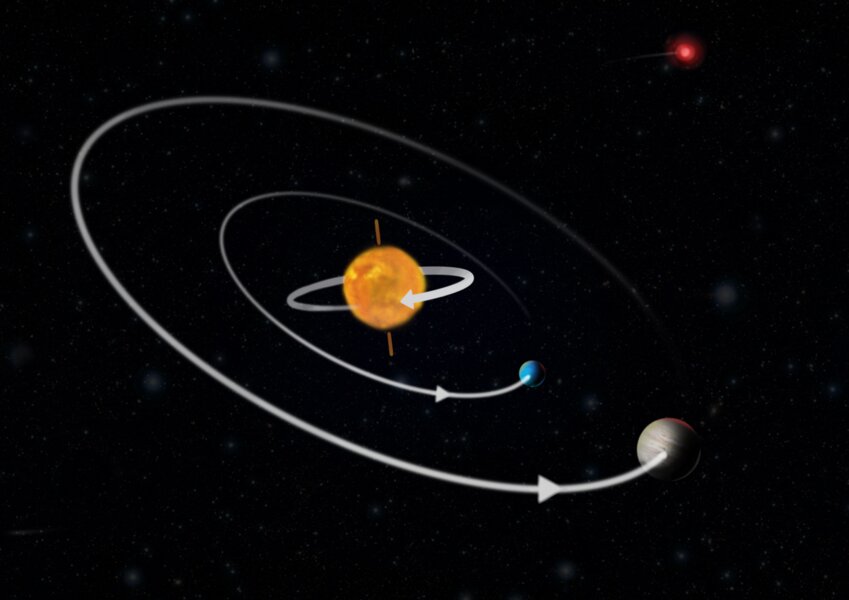

It’s just like a normal solar system…except completely backwards.
Continue reading “This Exoplanetary System Breaks all the Rules”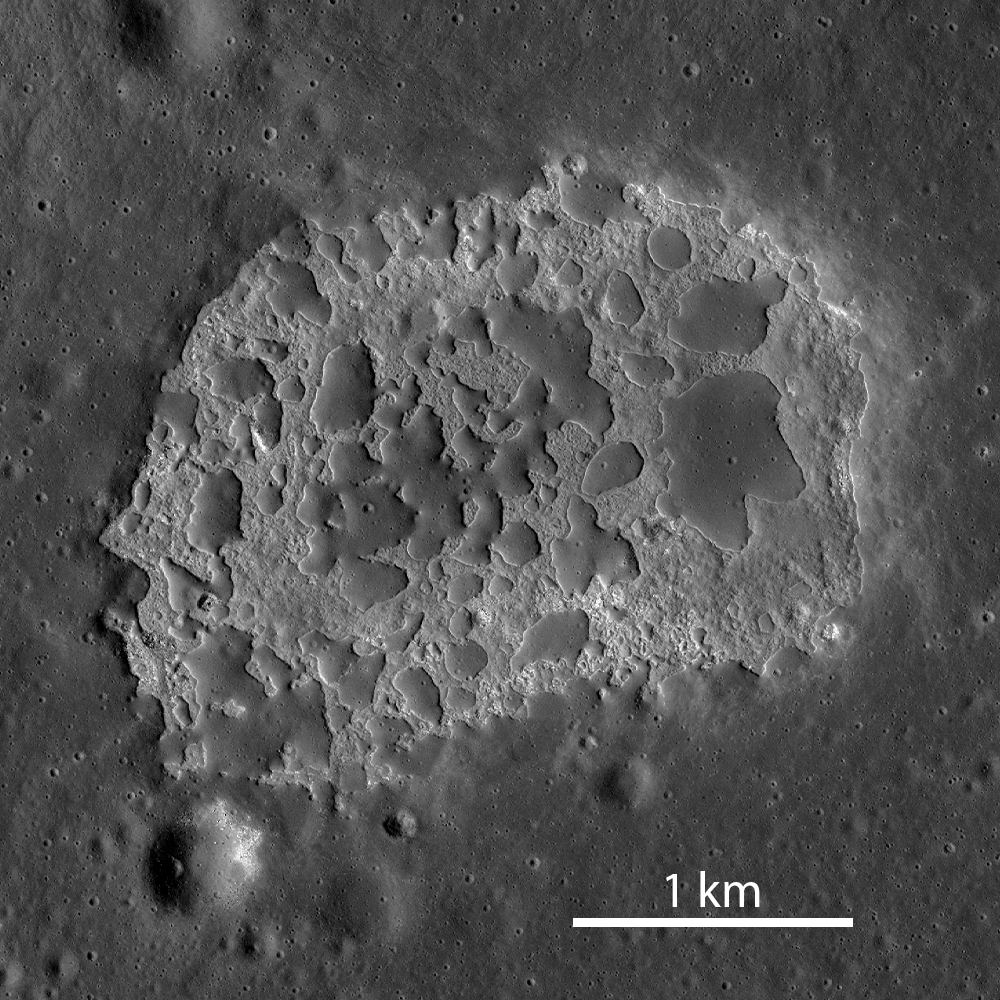
Regions of the Moon known as irregular mare patches – formed by magma cooling from a volcanic eruption – have almost no big craters, indicating that they must be relatively young. By studying the distribution of craters within them, we can estimate when these regions were formed: no more than 100 million years ago.
Continue reading “The Most Recent Volcanic Activity on the Moon? Just 100 Million Years ago”
In the very earliest moments of the big bang, the universe experienced a period of rapid expansion known as inflation. That event planted the seeds that would eventually become galaxies and clusters. And now, a recent set of simulations is able to show us how that connection worked.
Continue reading “New Supercomputer Simulations Will Help pin Down Inflation”
How can you possibly use simulations to reconstruct the history of the entire universe using only a small sample of galaxy observations? Through big data, that’s how.
Continue reading “Simulations of the Universe are Getting Better and Better at Matching Reality”For decades scientists have believed that an asteroid impact event ended the era of the dinosaurs 66 million years ago. Now, analysis from the crater site itself seals the deal: the same elements that were deposited around the world from the impact have been found inside the crater itself.
Continue reading “Dust in the Chixalub Crater Makes the Compelling Case That an Asteroid Wiped out the Dinosaurs 65 Million Years ago”Astronomers have been watching planetary systems form around sun-like stars for decades. And now, new observations with the ALMA telescope reveal the same process playing out around the smallest, but most common, stars in galaxy.
Continue reading “Astronomers are now Finding Planetary Disks Around the Smallest, Least Massive Stars”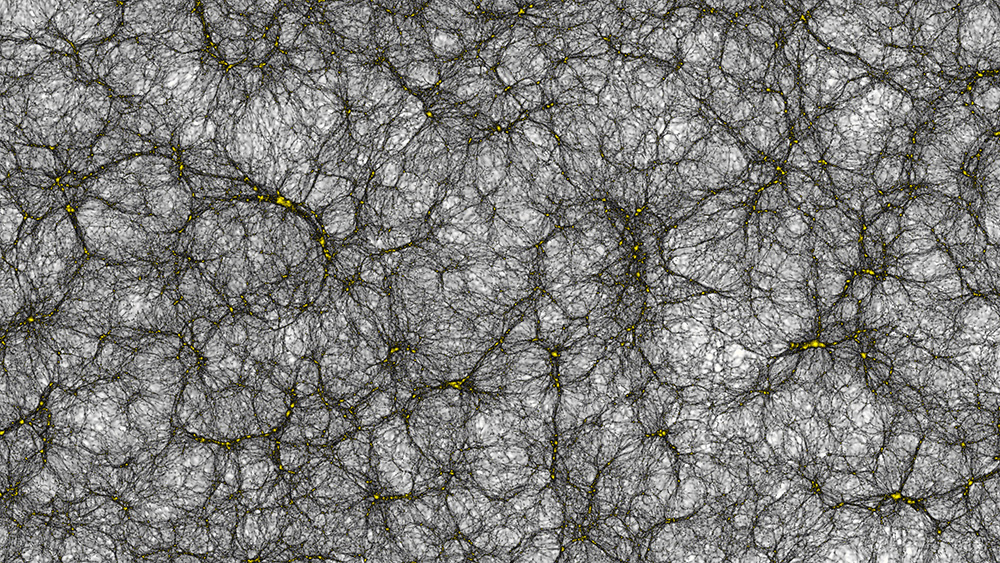
Most of the matter of the universe is of a form unknown to physics. While we don’t know what the identity of the dark matter is, a new insight provided by quantum gravity is helping to drastically narrow down its mass.
Continue reading “Narrowing Down the Mass of Dark Matter”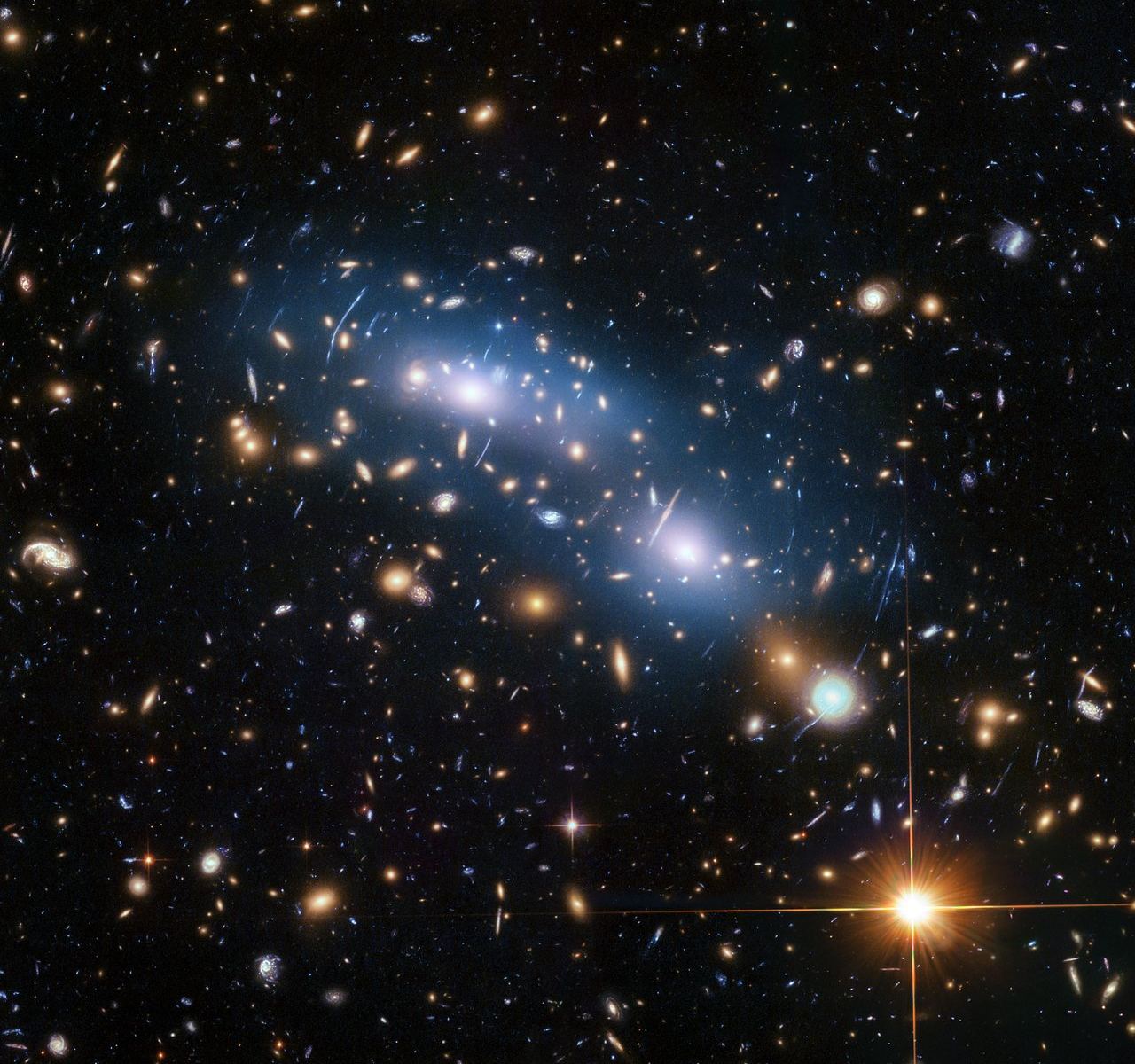
Astronomers have been able to measure an extremely faint glow of light within galaxy clusters, and that measurement came with a surprise: it traced the amount of invisible dark matter, something that scientists have been trying to pin down for decades.
Continue reading “By Measuring Light From Individual Stars Between Galaxy Clusters, Astronomers Find Clues About Dark Matter”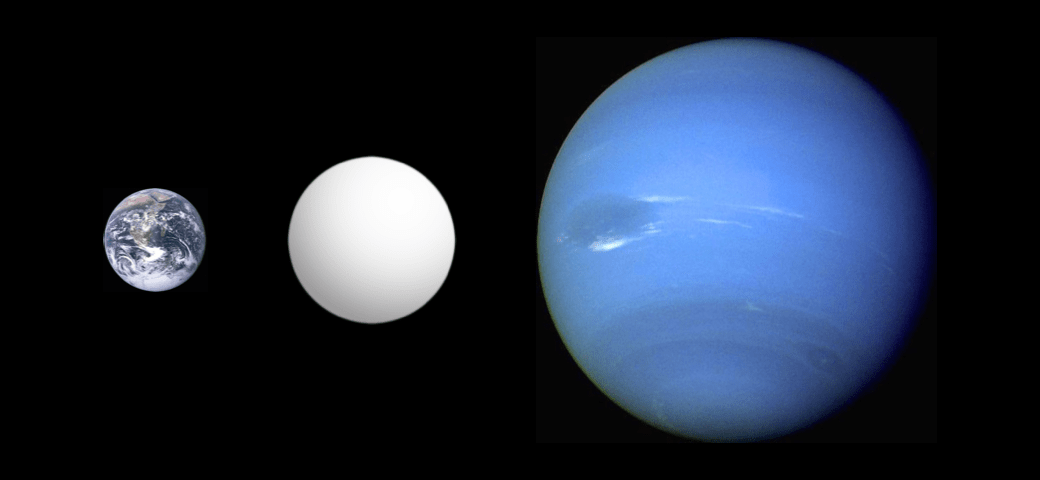
Mighty planets can be whittled down, leaving behind only their rocky cores, becoming nothing bigger than superearths. While astronomers had long suspected that this could happen, a new study reveals that it can occur in as little as a billion years.
Continue reading “A new Class of Exoplanets can Shrink, From Subneptunes Into Superearths”
Gravitational wave detectors are limited by fundamental quantum noise – an incessant “hum” that they cannot ever remove. But now physicists have recently improved a technique, called “squeezing”, that can allow the next generation of detectors to double their sensitivity.
Continue reading “Physicists Figure out how to Make Gravitational Wave Detectors “Hear” 6x More Universe”